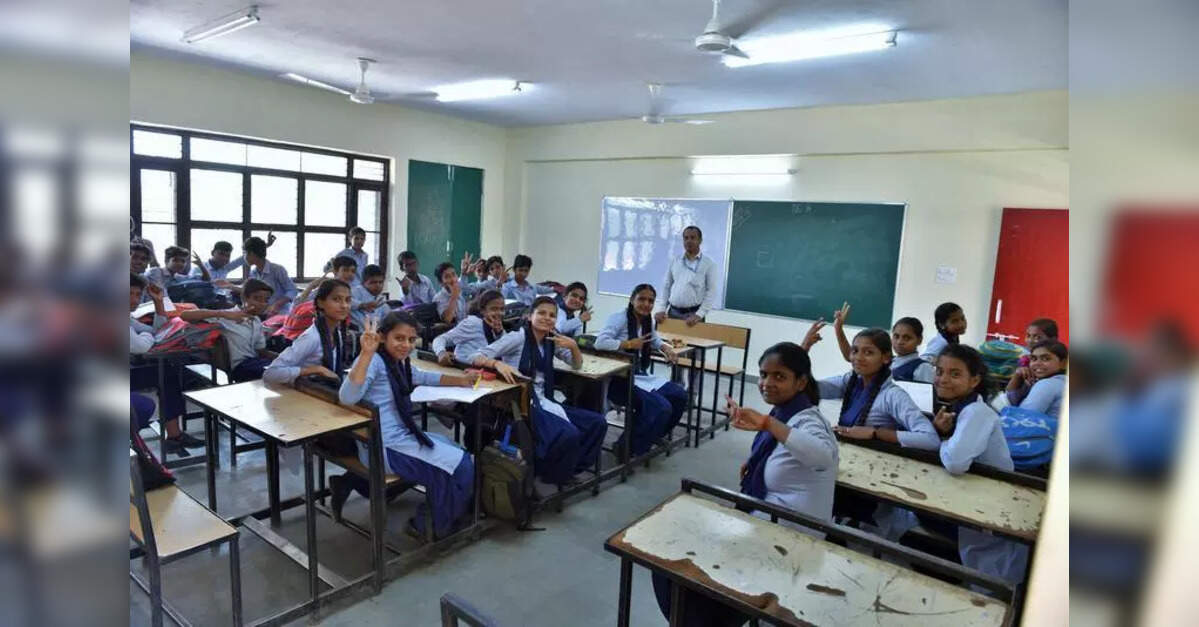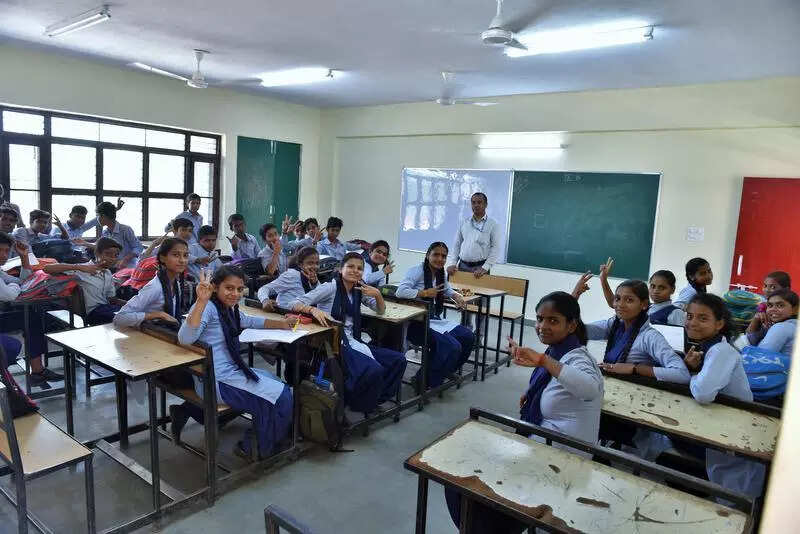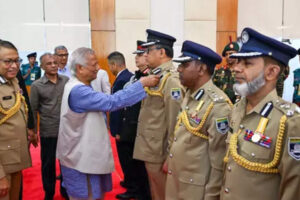
Haryana improves teacher-student ratio, but 1,000 schools have 1 educator each, ETEducation

Across Haryana, 1,066 schools are run by just one teacher each, catering to over 43,400 students, according to a govt report, which highlights persistent inequalities even as the state has improved its overall teacher-pupil ratio.
The Unified District Information System for Education Plus (UDISE+) 2024-25 data, compiled under the National Education Policy (NEP) 2020 and released last month, showed that 23,494 schools — private and govt — serve nearly 57.8 lakh students with a teaching force of 2.6 lakh.
On average, there were 11 teachers for 246 students, or one teacher for every 22 students — a figure that meets the Right to Education (RTE) Act’s requirement (24-35 for different schooling levels) for pupil-teacher ratio.
But, in 1,066 schools – mostly government-run – there was just one teacher for all students, a parameter in which the state performed relatively better last academic year. In 2023-24, there were 867 single-teacher schools with 40,828 students.
“This reflects a pressing challenge for both educators and students. We are accelerating efforts to deploy additional teachers and improve infrastructure to ensure that every school provides a quality learning environment,” a senior official from the Haryana education department said.
District-wise, Yamunanagar has the highest count of single-teacher schools (70) followed by Panchkula (45). In contrast, NCR districts Gurgaon and Faridabad each had fewer than ten single-teacher schools, underscoring the urban-rural divide in education resources. The data exposes a stark digital divide between govt and private institutions that threatens to widen learning gaps.
Less than one-third (31.9%) of government schools in Haryana – 4,571 out of 14,338 – have functional desktops compared to 83.6% in private institutions (7,105 out of 8,499). The laptop gap is more pronounced—just 2.1% of govt schools are equipped versus 68.7% of private schools.
Tablets tell a different story, with 94% of govt schools having distributed these devices because of a state initiative, against 19.2% penetration in private institutions. But smart classroom access lags, with 42.6% of govt schools equipped compared to 63.9% of private schools.
Projector availability remains poor in the govt sector, at 16.3% versus 50.2% in private schools. Mobile teaching devices show similar disparities—21.6% in govt schools against 43.1% in private setups.
Over the past five years, the Haryana govt has launched schemes, including Smart Shiksha, Digital Saksharta Abhiyan and Atal Tinkering Labs, to integrate classroom technology. Still, implementation challenges remain, particularly in rural areas where infrastructure gaps and lack of technical support undermine these efforts. “Tablets have reached most students in my govt school in Rohtak, but without stable internet or proper training, they often become mere gadgets,” said Rekha Sharma, a science teacher at a senior secondary school.
Amit Malhotra, a mathematics teacher at a private school in Gurgaon, noted the contrast: “Digital platforms have made learning interactive for our students. But the same experience is missing in rural government schools. Without equal access, the learning gap will keep widening.”
The UDISE+ report said that the state has made substantial improvements in basic infrastructure, recording an increase in coverage by a few percentage points from the previous year. Almost all schools – 97% – get proper electricity supply, 99% have safe drinking water and 96% have separate washrooms for girls.
Over 71% of secondary and senior secondary schools have digital tools and internet connectivity, signaling gradual but notable modernisation.
The state has made progress in retaining students too.
According to the report, dropout rates have declined across classes — from 1.2% in 2023-24 to 0.8% in 2024-25 at the primary level. The decline is from 1.9% to 1.5% at upper primary, and 8.1% to 7.2% at secondary levels over the same time frame.
Retention of students at elementary level has reached 93%, aided by scholarships, mid-day meal programmes and active community engagement, another education department official said.
“Haryana has made measurable progress in expanding school infrastructure and digital access, yet disparities in teacher availability, inclusive facilities and learning outcomes reveal that the path to truly equitable education is still unfolding,” said Kuldeep Mehta, assistant director, education department.
Source link



